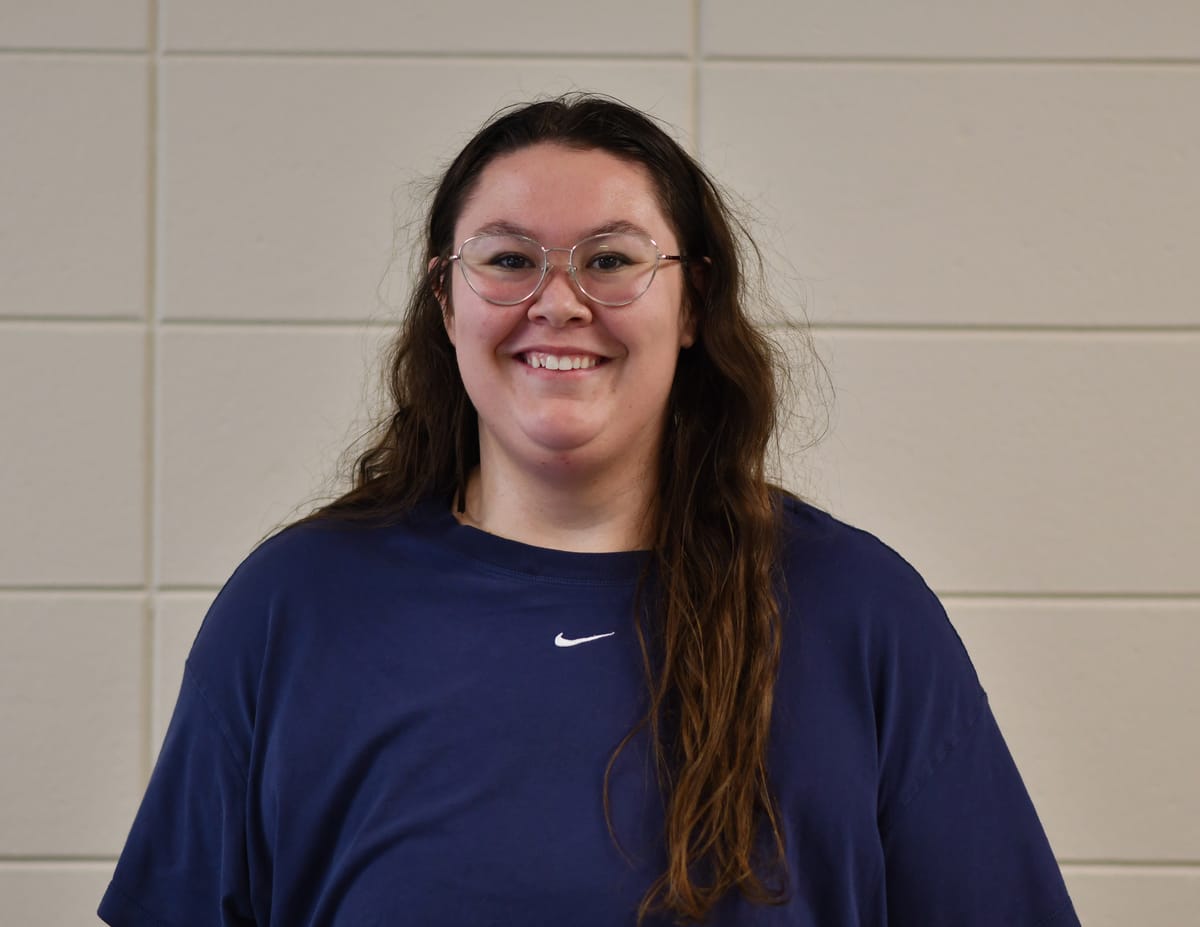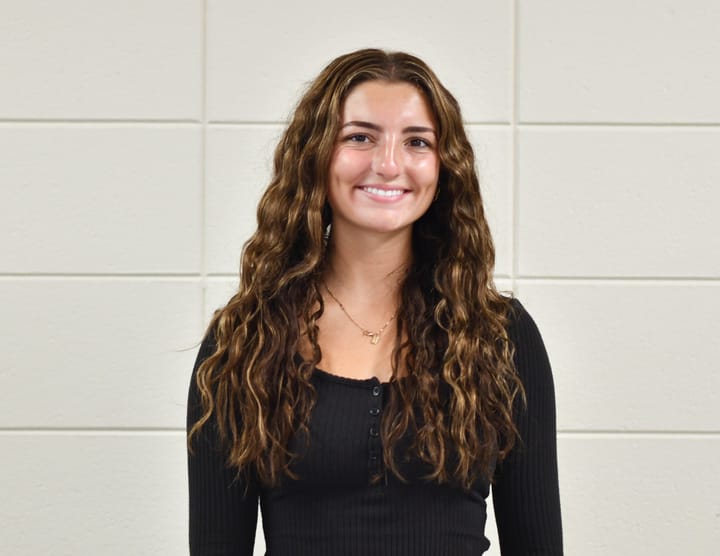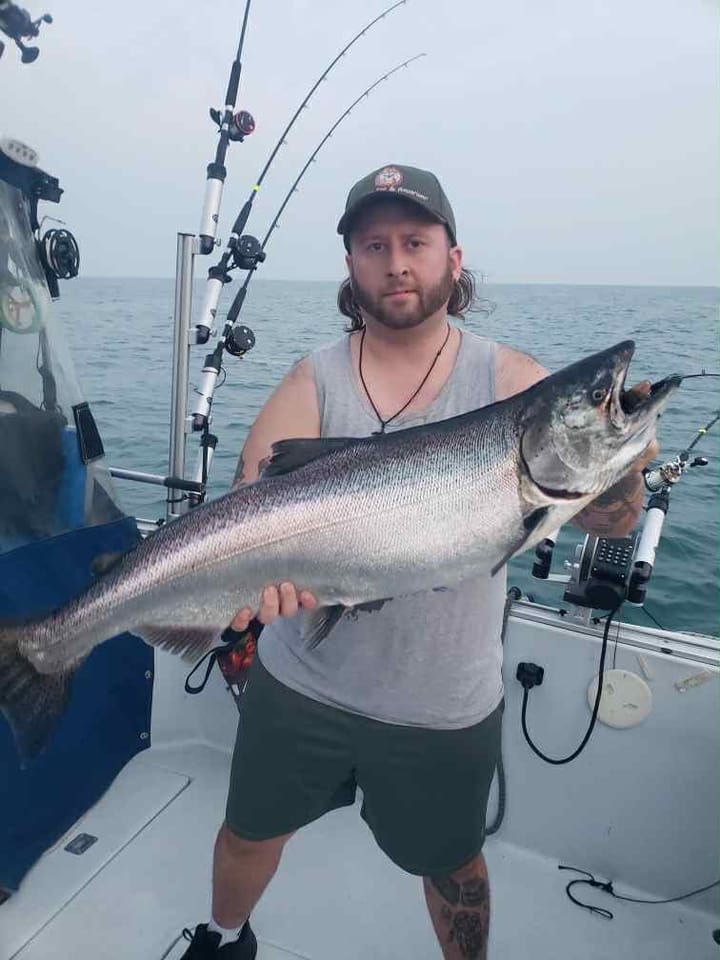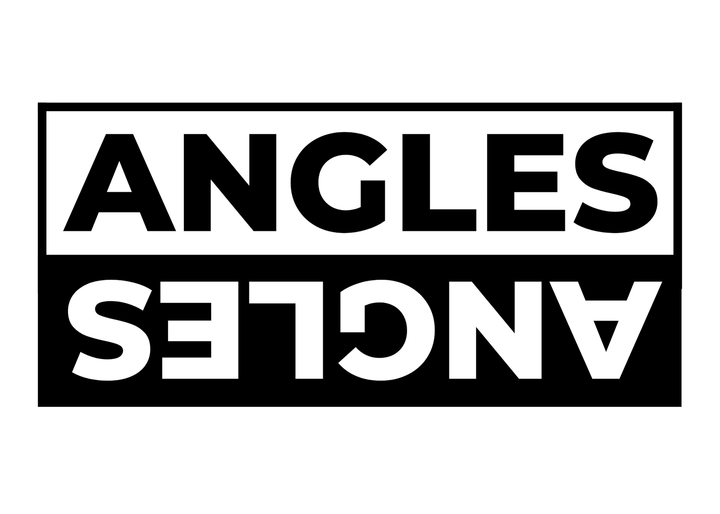The missing chapter: A lack of Indigenous education in schools

Throughout my school experience, I have learned about many subjects, but there’s one that rarely ever seems to be given the attention it truly deserves — Indigenous culture.
My family is part of the Cheyenne River Sioux Tribe, and I have only recently begun learning about my heritage.
As a child, I would hear stories from my grandparents of how we came to be in our tribe, but that was basically the extent of my learning. After my grandparents passed away, it felt like the doorway to learning about my heritage had closed.
Looking back, I have come to the realization that my lack of connection to my heritage stems largely from limited education about Indigenous culture within our state system.
If there had been more lessons on, discussion of or representation for Indigenous in the classroom, I would have started connecting with my heritage a lot sooner — a story that I doubt is unique by any means.
Over and over again, it feels like Indigenous traditions and history get brushed aside or overlooked entirely within the education system.
To emphasize the importance of teaching history, let us examine this strategically. The Indigenous community makes up the largest racial minority in South Dakota, accounting for about 8% of the state’s population.
Moreover, the South Dakota Department of Tribal Relations states that there are nine federally recognized tribes in our state: the Cheyenne River Sioux, Crow Creek Sioux, Flandreau Santee Sioux, Lower Brule Sioux, Oglala Lakota, Rosebud Sioux, Sisseton Wahpeton Oyate, Standing Rock Sioux and the Yankton (Ihanktonwan) Sioux tribes.
We deserve to learn about these nine tribes and the rich history behind them in our school classes.
Doing so will not only help us better understand the places we live in, but it also will ensure that future generations recognize that the land we walk on has a complex story, one that began long before us.
When we make education inclusive and representative, we take a huge step towards preserving these rich cultures.
During my own experience with the education system, I noticed that the only times Indigenous people were ever mentioned were within the context of certain wars or in discussion of Thanksgiving.
This misrepresentation can have a negative impact on the views of Indigenous people.
For example, in many war stories, practices such as scalping or the use of guerrilla warfare tactics are regularly brought up.
These portrayals tend to emphasize ideas that Indigenous people were aggressive, cruel and “savage.”
Unfortunately, this kind of one-sided view is often what gets taught in schools, which can reinforce negative stereotypes rather than offering a more balanced perspective of Indigenous history and culture.
Instead of focusing solely on these negative topics, we should be given education on the vast Indigenous beliefs, traditions and language.
Additionally, schools could invite Indigenous council members to help share their history from their own perspectives, which would lead to authentic cultural appreciation.
Exploring this type of learning will help shine a brighter light on Indigenous culture without the problem of whitewashing — or only bringing up Indigenous cultures when it benefits or relates to white culture.
While change will not happen overnight, raising awareness about our education system’s problems is an important step. Indigenous culture and traditions are beautiful, timeless and deeply meaningful.
I refuse to let such a rich and breathtaking culture fade from our future.



